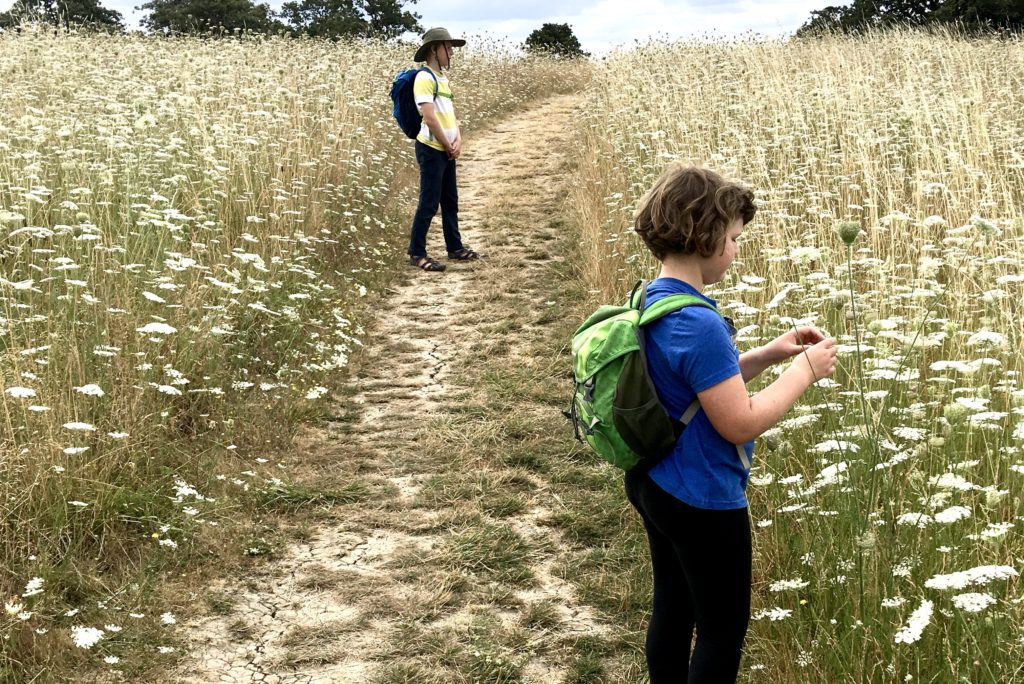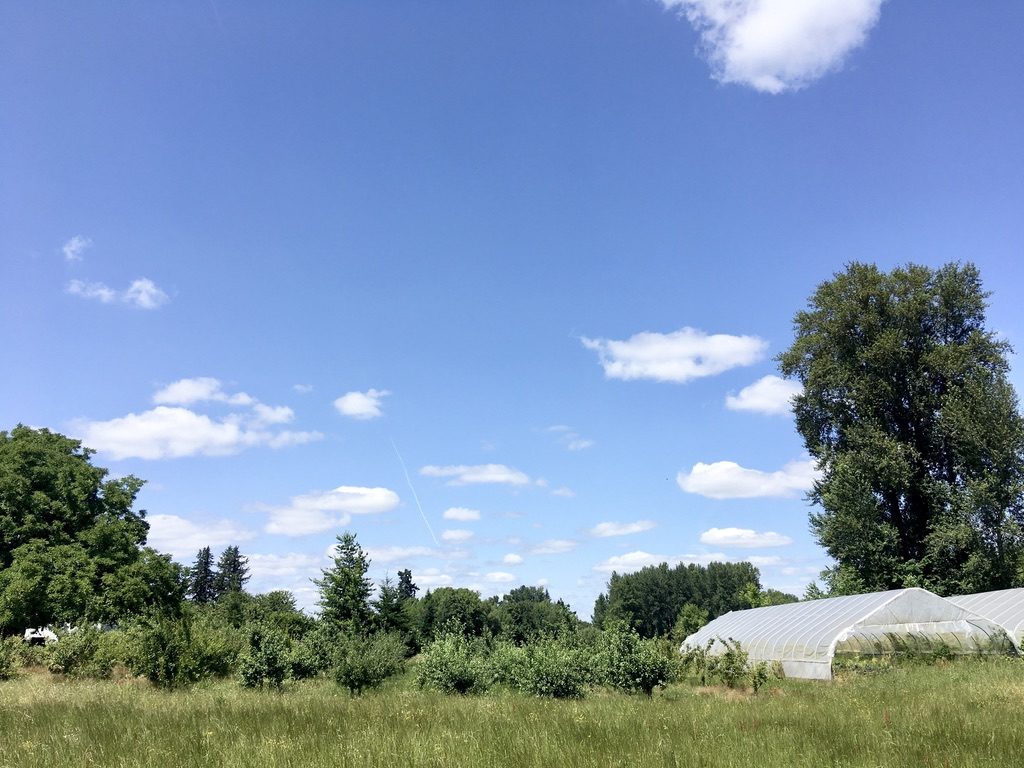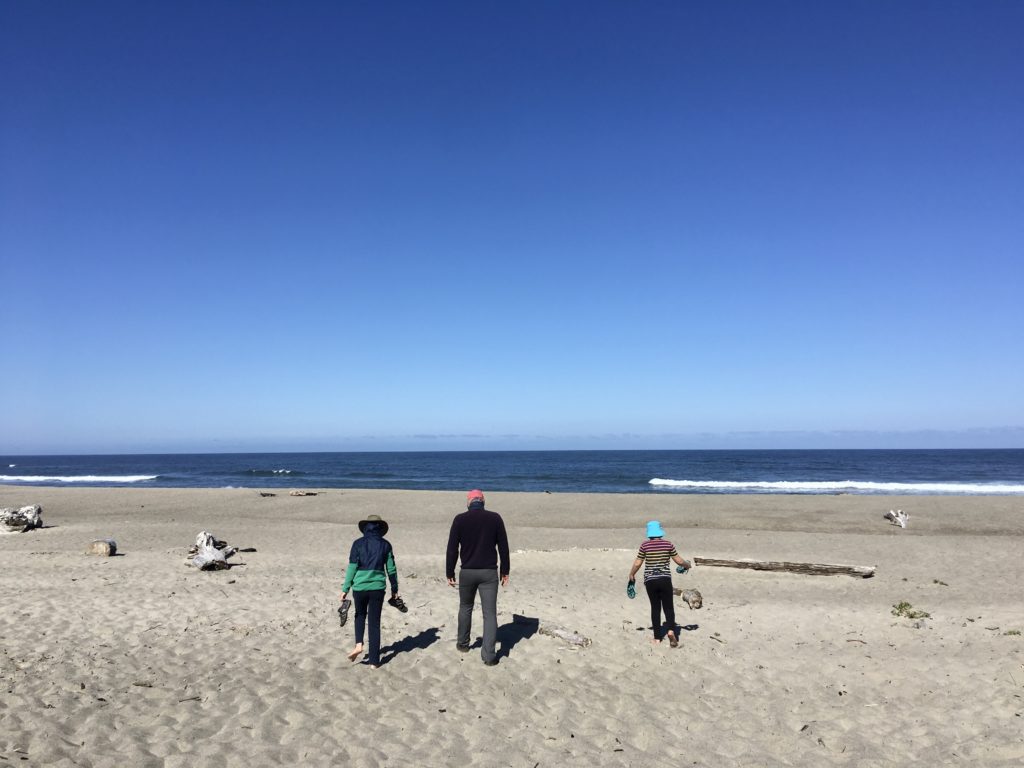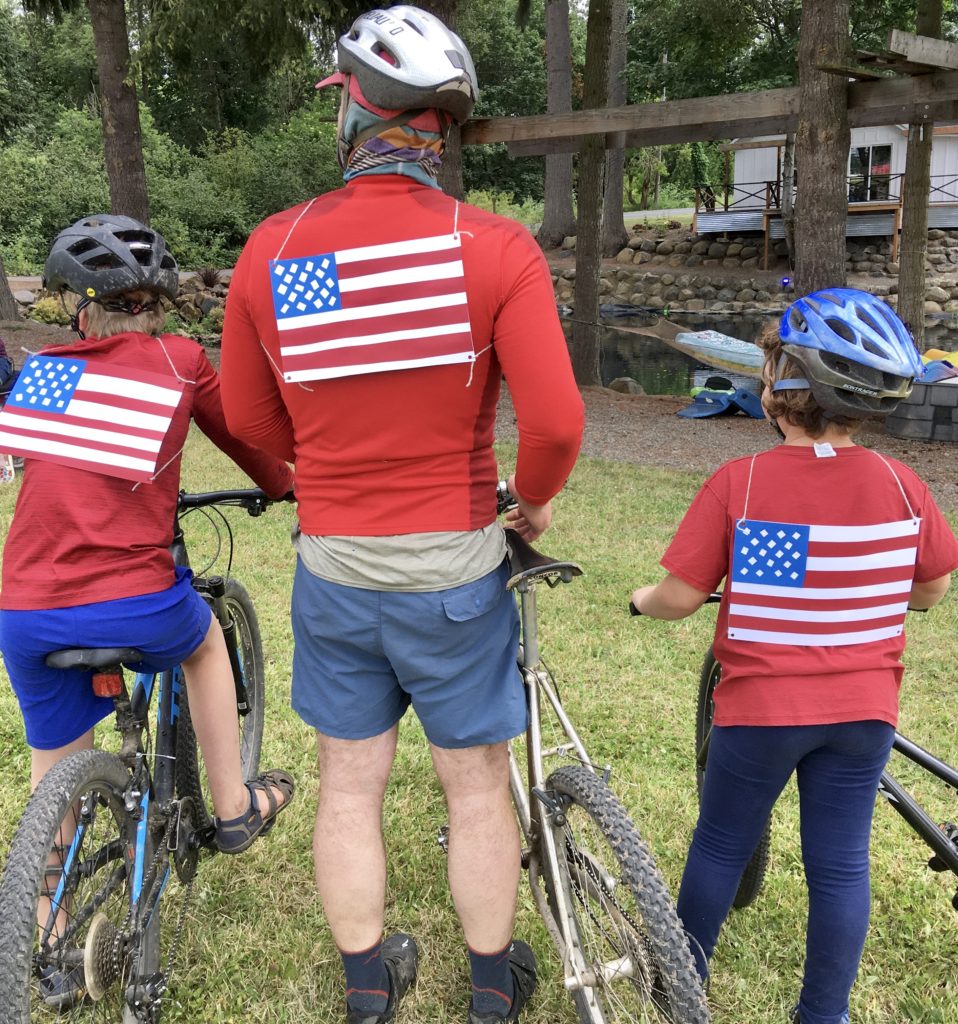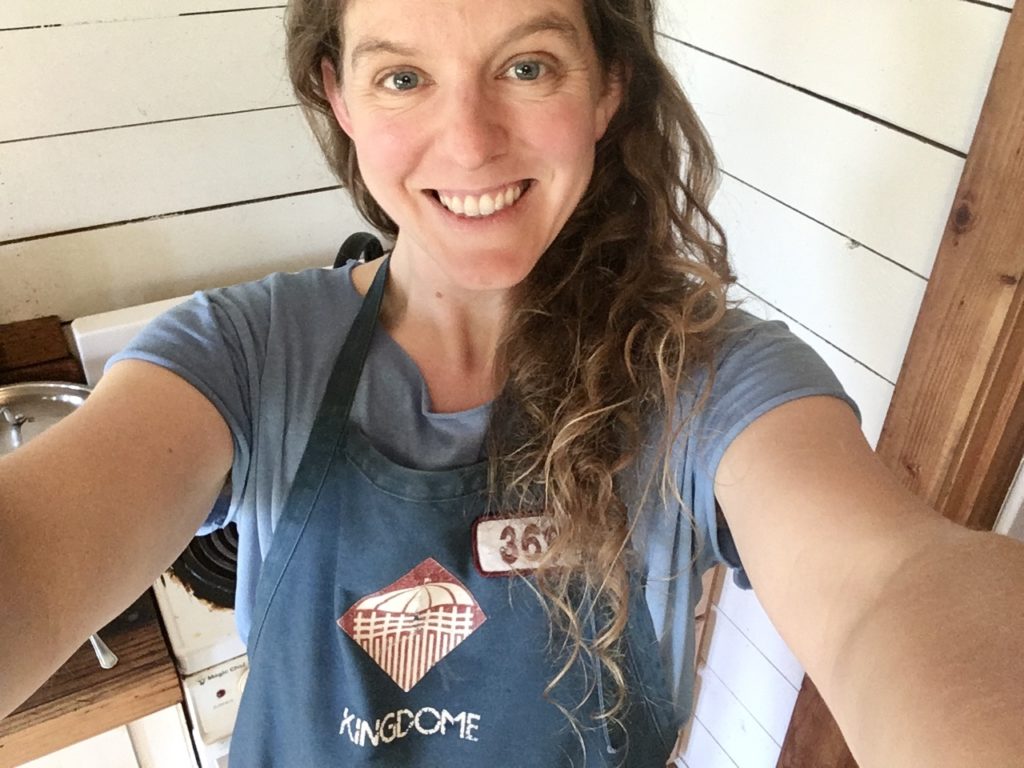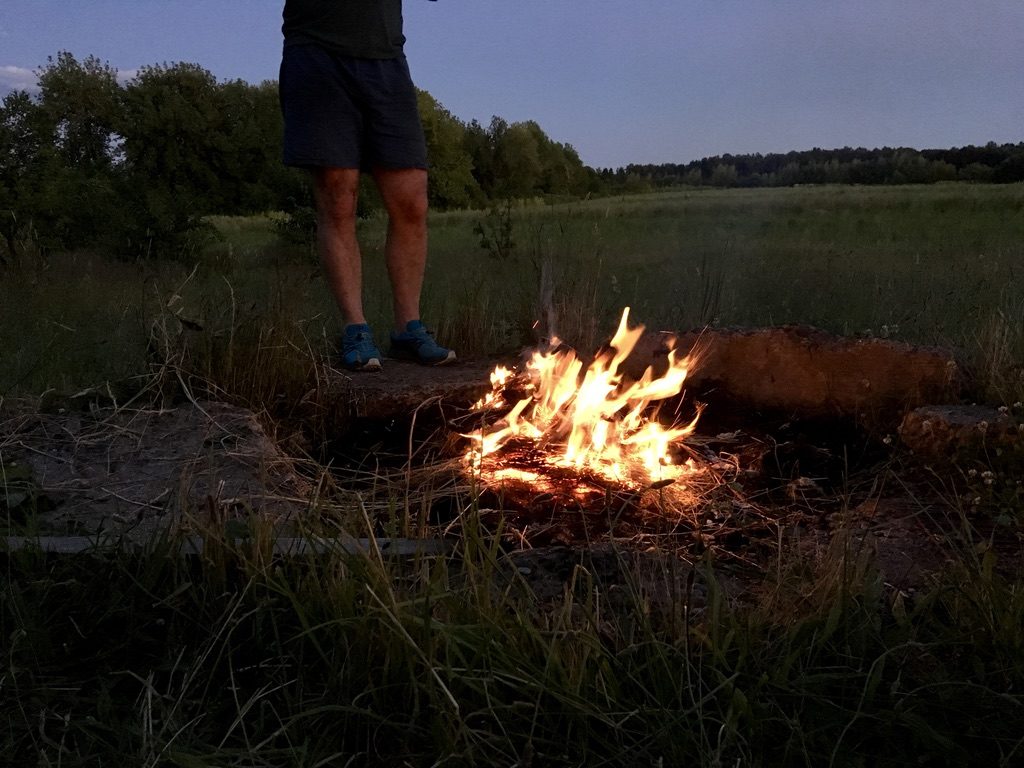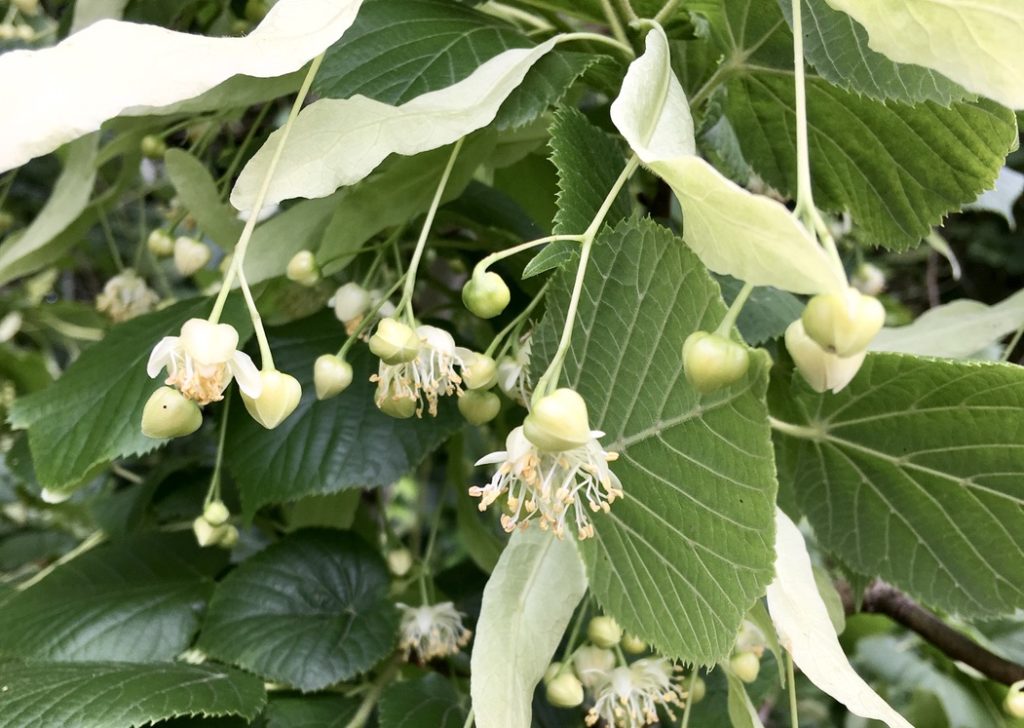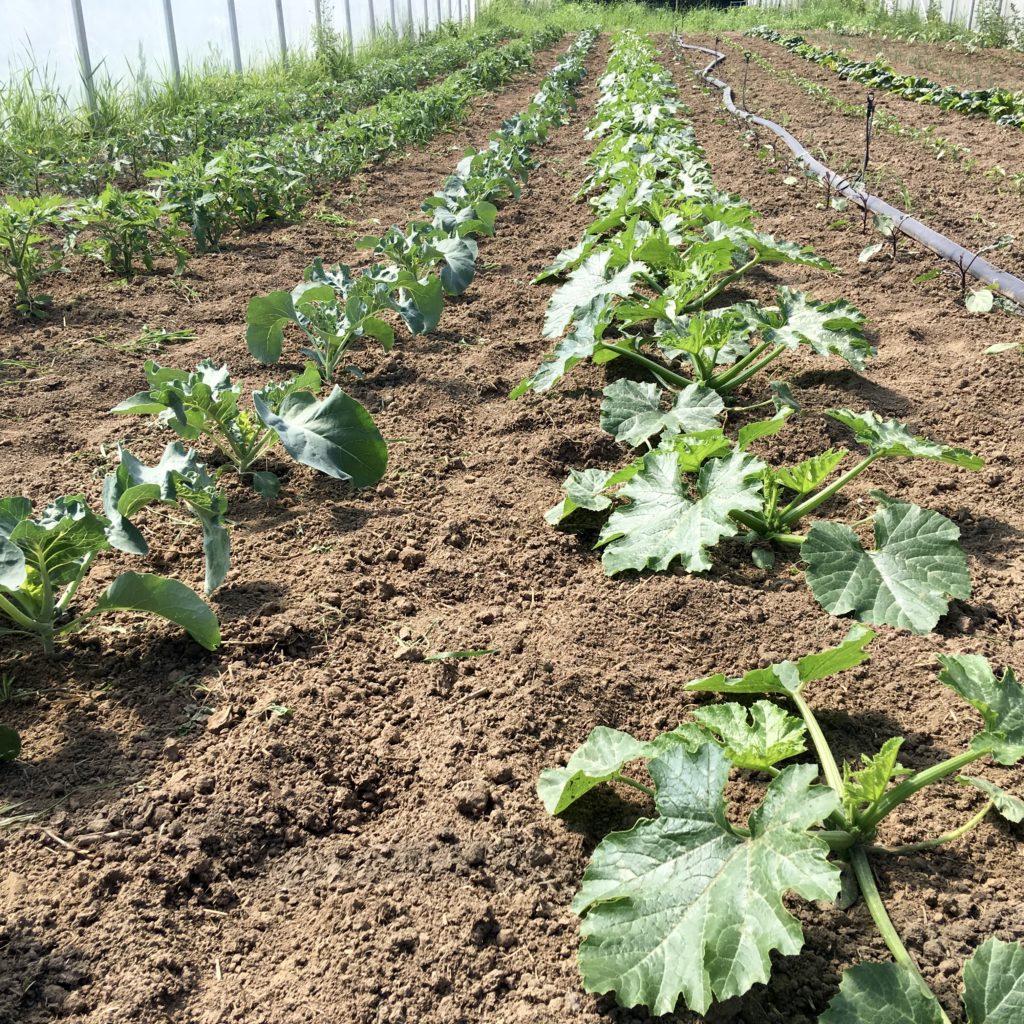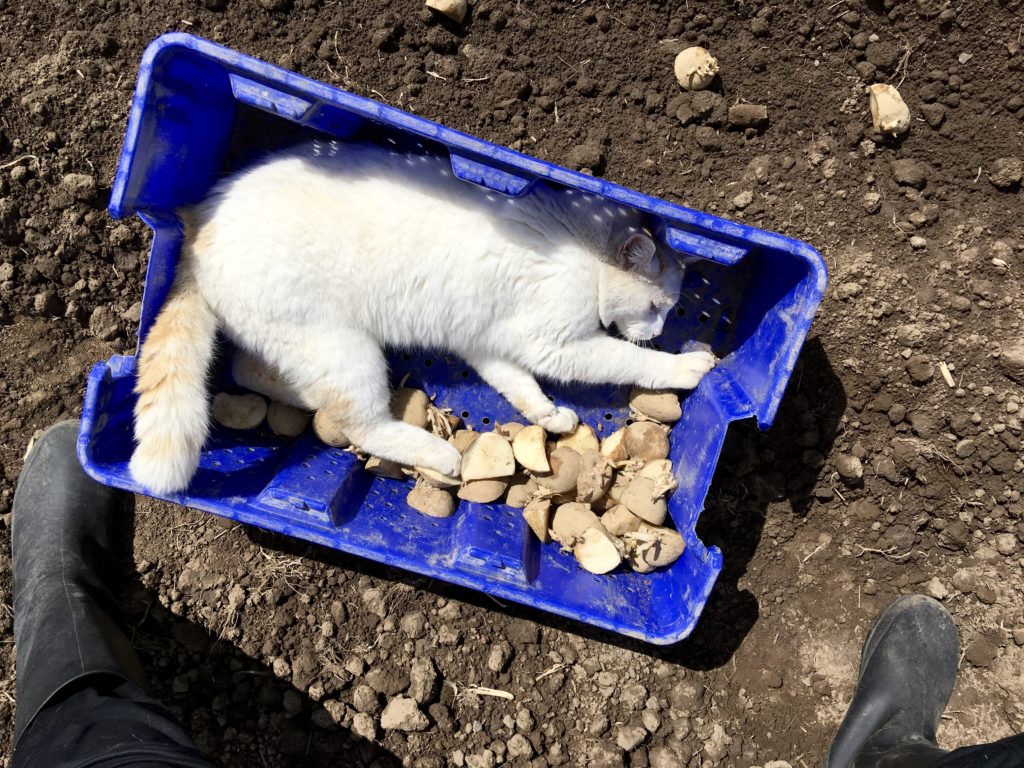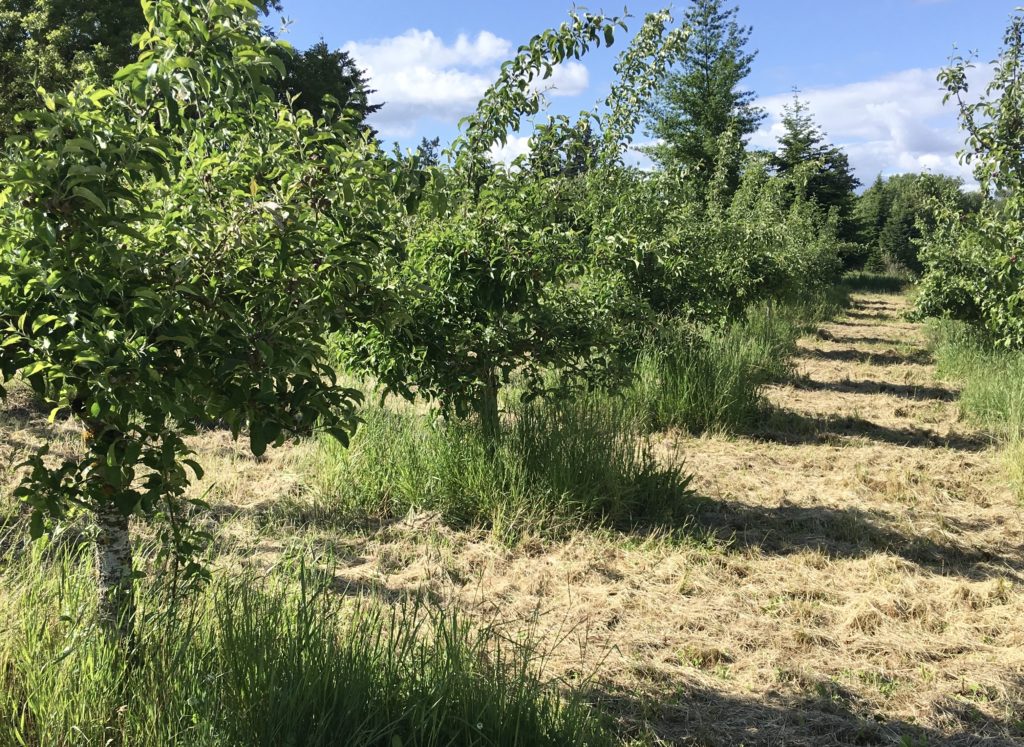Longtime readers of the newsletters will know that we homeschool our two children, Rusty and Dottie, and have been doing so for their entire education so far. I guess by today’s standards, my six years of home education experience would make me a “homeschooling veteran.” Homeschooling has been a very positive choice for our family (and one that pairs well with our farming lifestyle), but in recent years we’ve watched as our kids’ peers and their families have slowly made the decision to send their kids to school, shrinking our group of fellow home educators.
However, this next year is going to shift that tide dramatically, as we are hearing that many families (for various reasons) are choosing to homeschool this year rather than send their kids to school or participate in some of the hybrid programs being proposed. I want to be up front and say that I have mixed feelings about this! While our family has thrived with our choices, we are also supporters of all kinds of education and strongly support the public school system and want to see it thrive over the long-term as well. We support families’ choices to do what feels best in this tumultuous year, and we are also actively wishing the best for all the teachers and students in the school system.
That being said, there are now a lot of parents who are making this choice who are wondering how to make best use of a potential year of homeschooling their children. A lot of these parents have never considered homeschooling before and don’t even really know what it looks like in practice. I’ve been there myself! Homeschooling is inherently very different in form and function than classroom-based education — there are pros and cons to both forms of learning, and the key is to identify the strengths of being at home and work with those.
I’ve actually already written an essay for new homeschooling parents on my other website (JustLivingBooks.com — an unfinished side project that always needs more attention than it gets from me), but that essay was directed at parents intentionally choosing these lifestyle for the long-term future. I feel like parents who are doing this as a survival choice during the pandemic have a different set of needs and I wanted to write out some tips here to share with any of our CSA members who might be in this boat or who might know someone who could use some help starting down this path.
Caveats: I’m not an expert or a professional consultant. While I have read plenty on the topic of home education for my own benefit, I only have the direct experience of my own students, the oldest of whom will be entering 5th grade this year. What works for our family won’t work exactly the same for any other family, so while I will mention a few of our Favorite Things (all secular programs), this newsletter is intended to provide more general ways of thinking about how to approach learning at home. In writing it, I am assuming a family who is charting their own course, but there are many variations of how to proceed, including participating in online-based homeschooling programs or hybrid programs. Obviously every family will need to carefully weigh their own needs as they go down this new path this year. Which leads me to my first piece of advice:
Determine your homeschooling goals. I encourage all new homeschooling families to be intentional about setting goals. Even if your ultimate goal is to keep an immunocompromised family member healthy, I recommend coming up with a positive framing of what you want to accomplish in your home education this year.
Do you simply want to keep your student at grade level? Do you want to help a student with dyslexia catch up with reading skills? Do you want to build special family memories? Take some time to dream here. Even if it feels overwhelming at first, a year of home learning is also an opportunity to be intentional about this stage of your student’s education.
Rethink what education looks like. This is always my biggest piece of advice to any new homeschooler. Few of us parent-teachers were homeschooled ourselves and so the classroom-based model is our primary example of how education works. I encourage you to let go of a lot of what you know from that model. A closer model to how home education actually works is one-on-one tutoring, which you may or may not have experience with but perhaps can imagine. In a context where there is one teacher for one or a small number of children, it is much easier to gauge a student’s progress without needing them to “make” a lot of things (worksheets, tests, quizzes, etc.). These systems work well for gauging student progress and keeping students engaged in a bigger group, but they can be exhausting to do at home. Likewise, neither you or your student would probably enjoy lectures in this context!
This point is one reason why I am personally very cautious about many online or school district-based homeschool charter programs. They often pack a lot more “deliverables” into a week than I think is really doable for most students and home teachers. They often do this because they are trying to replicate what might have happened at school but at home. The online and distance charter programs have the advantage of being free and convenient, which can totally make participating worth it. But remember that your job as the parent-teacher is to ensure your child is learning, which is ultimately a very different thing that ensuring your student is completing every worksheet, quiz, and checkbox. Don’t let the program’s expectations kill your family’s joy in learning.
So, whichever options you select, I would strongly urge you to always remember that the curriculum exists to serve your student — not the other way around. There are ways to learn without exhausting “busy work.” And of course some students love the progress they feel from doing a good workbook — every student is different! But a lot of students and teachers find it hard to keep up the same pace of classroom-style “deliverables” at home that is normal and expected in school. It just feels very different. If you choose a charter or online program, ask up front how much leeway you have for skipping assignments or tests.
Our family’s home education experience has been very light on classroom-style “deliverables.” We do a lot of reading together from quality “living” books (as opposed to textbooks). These are books on our subjects that are written with literary quality and are often suitable to being read aloud. We discuss what we’ve read or I have the children “narrate” or “tell back” what they read as a way to demonstrate comprehension and synthesis. Since Rusty is older, he’ll often respond to readings in writing to practice his writing skills as well. Much of this work happens cuddled on the couch or sitting at the kitchen table. Kids read on their own curled up in any place of their choosing.
Prioritize key subjects. If you are only planning to homeschool for the duration of the pandemic, then it probably doesn’t make sense for you as the one teacher to try to tackle every single subject they might have learned in school (at least, not in the same ways!). For example, science experiments at home can be challenging — it’s certainly not impossible and many homeschooling parents do incorporate lab-like science at home. Likewise, if you don’t speak a second language, teaching one can be difficult. But honestly if you’re homeschooling as a survival choice, I would recommend keeping your focus on the continued development of the more sequential learning skills that will help your student jump right back into their school-based education again.
So, to me that would be focusing on math, reading and writing skills. There are many excellent math programs out there specifically written for use at home (or that work well in that context). We personally use RightStart math, which has a very hands-on, interactive, game-based approach to building mathematical thinking skills. As the teacher, I love it because it’s entirely scripted, making it easy for me to use. This is an important element of keeping things prioritized and focused! The teacher can easily get burnt out trying to do too much as well! Other programs people seem to love in the homeschooling world are Math-U-See, Saxon, and Singapore. All of these meet common core standards. Ultimately much of STEM success comes down to basic grounding in math, so even if you can’t teach your child engineering or lab-based chemistry this year, if you can improve their math skills, they’ll be well equipped to jump back into any kind of science or technology course in the future. (Have the time and energy to do full-on science at home this year? Pandia Press has great offerings in their REAL Science Odyssey series for elementary and middle school.)
(EDIT — I forgot to mention another great easy-to-do-at-home science resource for Oregon kids grades 3rd-6th: Ellie’s Log and subsequent books introduce students to different Oregon ecosystems, concepts of ecological sciences, and nature notebooking. They’re SUPER sweet illustrated books that share the information through stories told from a child’s perspective. You can order all three from the book’s website as well as find useful supportive educational materials.)
For learning to read, our family has great success with the phonics-based program All About Reading. Even for students who can already read independently, I would recommend doing a combination of reading aloud to your student regularly and asking them to read on their own regularly. I still read aloud to my students every day even though they are excellent readers, because it allows me to expose them to language and ideas that are perhaps more advanced than what they might be able to tackle on their own. This keeps their language skills growing ahead of their current reading abilities. (Audio books can help with this too!) For an excellent evidence-based explanation of the power of reading aloud, I highly recommend The Read-Aloud Handbook by Jim Trelease. It also contains a wonderful collection of book recommendations for all ages and on many subjects. Really, if I were forced to give only one reading recommendation to every homeschooling parent-teacher, it would be this book. I really love the seventh edition but apparently the newer eighth edition has been updated with more contemporary book recommendations.
I would also recommend reading a combination of quality fiction and non-fiction. Again, there are good recommendations in the Trelease’s book, but there are good book lists on the internet everywhere. You can search by age or reading level or grade. I also sometimes use Amazon algorithms to find new books based on books we’ve enjoyed. I go to that book and scroll down to the spot where it shares what people who viewed this book also viewed. I’ve found some great books there (that I then check out from the library!).
Reading is also a way to incorporate more subjects into your learning, especially topical subjects such as history and science. While it may feel daunting to tackle science experiments, it’s easy (and wonderful!) to read books about science or technology. There are many wonderful biographies about famous scientists written for many age levels, and these can be a simple way to incorporate history and science into a year. For example, Jane Goodall has a wonderful autobiography written for younger readers. Joy Hakim has a two-part history of science written for middle school and up (we also love her American history series, History of US). For high schoolers, I’d recommend going straight for the plethora of excellent science books written for adult lay readers (for example, Andrea Wulf’s award-winning biography of Humboldt: The Invention of Nature; or Carl Safina’s ground-breaking book on animal emotions: Beyond Words: What Animals Think and Feel). Being immersed in quality texts is an amazing brain-builder, so if you can just read to your student and get them to read every day, they will grow academically.
Personally, I love planning our reading selections for each year based on the topics and historical eras I want to cover. However, choosing books does require some level of understanding of your student’s reading level, interests and ability. That’s definitely simpler when you’ve already been homeschooling. There are several excellent curricula for homeschoolers that take some of the guesswork out of the process. I have not used any of these personally, but I regularly see these programs highly recommended: Build Your Library (available for K-12), Blossom and Root (K-4), and Torchlight (K-4). All of these secular programs provide a structure around using quality books that you would buy independently from your local bookstore or even just borrow from the library. They’re very much “curl-up-on-the-couch” kind of programs. All offer a wide scope of ideas and learning opportunities in each level. Pair one of these with a good math program, and you’d have a solid year of learning.
But, again, remember that choosing the “perfect” curriculum or reading plan is not the most important part of home learning — it’s more important to be consistent with whatever you use and get your student engaging with quality texts every day. Those book don’t need to be from any particular planned curriculum in order to get the benefits! I just offer examples in case it’s a helpful way to plan your year. These programs also provide great examples of age-appropriate quality literature and non-fiction books, and you can see their lists on their websites to get more ideas.
Incorporating writing can be as simple or as complicated as seems appropriate to your student and their age. For folks who are only planning to homeschool for the pandemic, I would probably recommend thinking about writing more holistically rather than focusing on academic writing. For the youngest students, doing a page in a handwriting notebook (Handwriting Without Tears is a good program), a phonics lesson, and then narrating a text orally is probably sufficient daily Language Arts work. For the older elementary student, adding in a pen pal relationship, doing written narrations, or starting to write short stories can be a great way to expand skills. We haven’t used it, but many homeschoolers enjoy the Brave Writer program for extending writing practice. For students wanting to dive deep into academic writing from home, I’ve heard good things about the Institute for Excellence in Writing.
Develop a simple daily rhythm. Once you know the basic scope of your year, it’s time to think about how you want your day to flow. Again, this is an area where it’s important to think about sustainability, both for teacher and student. It’s also important to think about balancing inside sitting-still time with active outside time.
I find that starting our day works best if it doesn’t feel hard — it needs to feel organic and natural to begin our learning process each day or we will all stall starting in the morning … Also, as I said earlier, home education in the tutor-style is very different from classroom-based learning. It’s significantly more efficient, so most homeschoolers spend many fewer hours “doing school” each week than the hours students spend in the traditional classroom. But I find it’s still important to have a plan for how/when we make our more directed of learning happen (obviously, learning can occur during play or free-reading or anytime!).
In our family, this has worked out to a rhythm of doing school four mornings a week. This frees our afternoons up for other activities (music lessons, hikes) and following our individual interests (playing outside, reading graphic novels, doing puzzles, etc.). So far, that has been enough time each week for us to complete our educational goals over a 36-week school year. Typically we start each day reading together on the couch. Each week, I organize our readings in a basket in the living room, and all I have to do is say, “Reading time!” and the kids each choose a book before we all tumble on to the couch. It’s a very sweet, simple way for us to start our learning day.
After that, the kids each take turns with me at the kitchen table working on math and any other one-on-one subject work we need to do (for example when we were doing phonics or spelling instruction). The other student usually uses this time to take a “brain break” by playing outside, working on their independent reading projects, or practicing music. Finally, we come together for a little online Spanish practice. I try to make sure that each of them has an opportunity to take breaks but also remembers to return to focus. While we only spend a few hours four days a week on school, I want to make sure we’re all fairly focused in that time. While I encourage brain breaks, I also equally encourage staying focused when actually doing work. To that end …
Share your expectations. As you and your student(s) embark on this new adventure, be explicit about sharing your expectations of them (in an age-appropriate way). I like to actually draw up a daily rhythm for all of us at the beginning of each new school year so everyone knows exactly how the day will go and what my expectations are for their engagement. This seems like an obvious step, but it’s actually really easy to miss in the teaching relationship. And your student is as new to this as you are. They may literally need you to tell them that you expect them to sit at the table for ten minutes with you and pay attention for math.
It also behooves you to be realistic about your expectations. I’ve always tried to tailor our work sessions to my children’s natural attention spans, ending just before their minds start to wander. For young kids, this can mean lessons as short as ten or fifteen minutes! But if those minutes are focused and you do it every day, you can make a lot of progress over a school year.
It will take time to establish rhythms and expectations, so be patient and persistent and reasonable. This is a reason to keep things as simple as possible!
Be present for your student. On a similar note, in my experience many homeschooling teachers fail to realize ahead of time how present they might need to be for their students. Wouldn’t it be convenient if we could just hand off a math worksheet and walk away to wash the dishes? However, in my experience, that’s rarely how students work best. I still sit with my students for the entirety of their math lessons, even when they are working independently on a problem set. Being present and holding the space for our students’ learning is incredibly simple, very powerful and yes somewhat exhausting and boring at times. But I want to emphasize how powerful it is at helping students stay focused and accomplish quite a lot in a short amount of time. Paradoxically, if you can invest the time to really being present when needed, it can free up more time for other activities for both of you later. For parents who need to also work at home, it can be hard to invest that focused time with a student, but it’s really important if you can make it work.
I also think it’s super helpful to know how normal this is so as to avoid becoming annoyed or aggravated with our students (and be present might even be necessary for older students in certain subjects too!). Rather than “disciplining” them for not meeting our expectations, we can simply remember that they still need our help in this area and provide it as needed. This is really one of the biggest keys to making home education work — understanding the basic developmental levels of our students and helping to scaffold their learning. Being realistic about their abilities also helps us to …
Prioritize relationships. Ideally, your year of homeschooling will benefit and improve your relationship with your students! There really is much potential for positive intimacy and growth between a parent-teacher and student-child in the home education experience. If you can keep those education interactions positive, then it can be a really beautiful shared experience. My students and I have so many shared inside jokes based on books we’ve read together and we have all enjoyed having me be learning right along with them much of the time!
But it’s really important to keep the relationship in mind and step back if things get tense. Certainly, it’s important to share your [reasonable] expectations and help scaffold the learning so that student can meet those shared goals … and, some days even that simple concept might feel really hard. For whatever reason, some lessons will be trickier or some books not really well loved or some days just go funky. The learning progress happens over a whole year, so don’t get bogged down by days when it feels slow or hard. Remember: your ultimate goals are positive learning and positive relationships. Don’t let a curriculum’s goals overtake yours!
When things start to feel really strained, here’s my recipe for resetting the relationship and everyone’s moods: stop and go outside. Go play together or go on a walk or a bike ride or hike. Then, come back inside and curl up on the couch with a read aloud book that’s being read just for the joy of it. Start again with school goals the next day.
Follow the joy. As you plan your year, don’t forget that as home educators you can really do anything you love to do! Does your family have a particular passion or interest? Or something that you’ve always wanted to learn more about but haven’t had time? Do you want to learn something new? An instrument? A language? Does your family love to hike and want to schedule an entire day each week for exploring local trails and learning about native flora and fauna? Do you love playing board games? Does you child have an interest in primitive skills or learning to cook recipes from different cuisine traditions?
There are so many ways to learn and so many subjects that are rarely included in the traditional classroom curriculum. If you were to imagine a dreamy fun learning experience for your family, what would it look like? Give yourself permission to get creative and invest more time in the activities and subjects that really bring you delight. I always use my own joy as a big indicator as to whether we’re pursuing quality materials. The kids and I all really love history and music, so we read a lot of history and play music together. For another family, maybe painting every afternoon would bring joy and growth. What would help you and your student find delight in this unexpected adventure? Give yourself permission to emphasize those joys in your year!
Okay, I think that’s enough of a brain dump for now! I hope this is helpful rather than overwhelming at this point. Home education can be a wonderful adventure, and I really hope that everyone choosing that path can grow in positive ways this year. I am available for questions if anyone has specific quandaries that I might be able to help find answers to! Happy planning!
And, if you are a CSA member who is not homeschooling and you skipped to the end of the newsletter, here’s my usual wish for your week: Enjoy this week’s vegetables!
Your farmers, Katie & Casey Kulla
~ ~ ~
Meet this week’s vegetables: Fun new items today! We’re going to take a break from kale as this kind of heat isn’t great for its texture. But we have the first of the year’s apples, a sampling of summer fruits (much more to come!), and new potatoes! Also, sunflowers — just for the joy of it.

